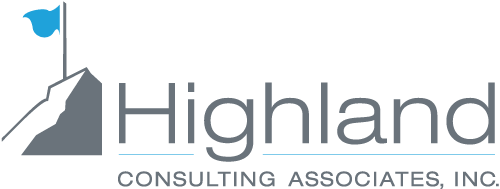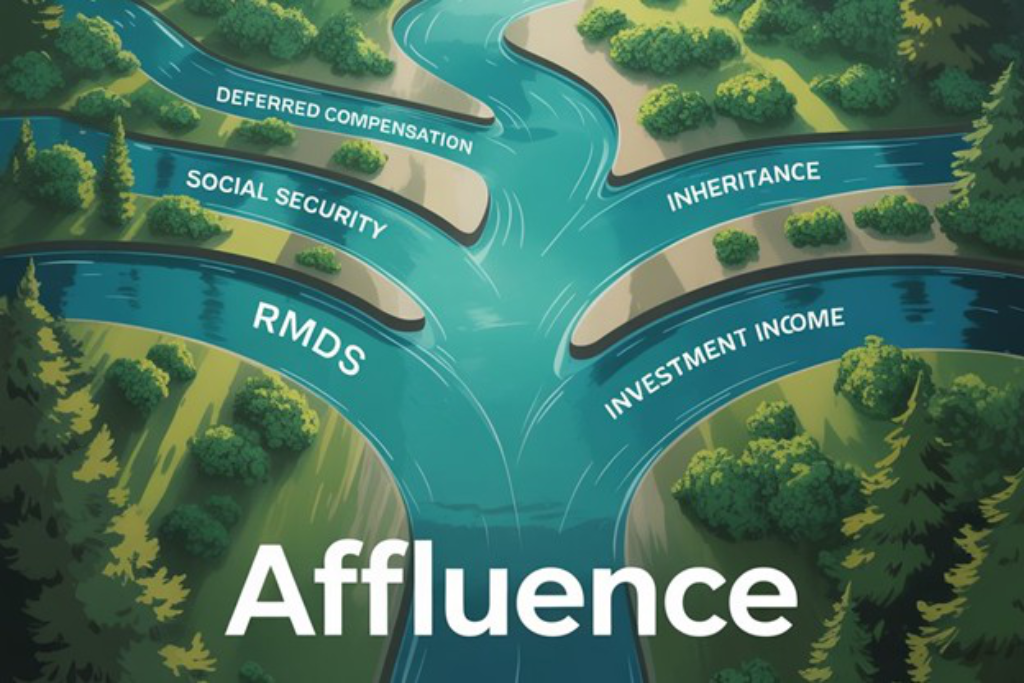How An ESOP Can Provide A Solid Financial Future
In 1974 the U.S. Congress and Administration collaborated to expand the Internal Revenue Service (IRS) code by way of a Defined Contribution Plan aimed at offering an employee a partial ownership stake in the company or corporation of employment. Commonly known as ESOP — Employee Stock Ownership Plan — and carefully regulated by Federal Agencies, the plan enables annual deductions of up to 25% of salary or compensation, and it is important to know and appreciate at the outset that any such engagement with your ESOP serves to reduce reported taxable income to Federal, State and local authorities. The intent of this essay is to share with you important features and prospective benefits of participation in your Company’s ESOP, along with pinpointing certain risks commonly entailed.
So popular and widespread has been the ESOP creation that reliable estimates put the number of active United States ESOPs at roughly 11,300 entailing active participation among over 13 million employees, among them workers at Publix Supermarkets, New Belgium Brewery and Lifetouch Photography. [1] Corey Rosen, Understanding ESOPS, National Center for Employee Ownership, Oakland, CA, 2011
Recent estimates place annual ESOP contributions at $14 billion, a touch above a $1,000 average per employee. These are powerful responses to early proponents of the ESOP, believing as they did that any lasting and worthwhile future of Capitalism is reliant upon economic growth, in its turn propelled by a trustworthy distribution of market benefits to the workforce. Laws and regulations are firmly in place to ensure that ESOP benefits are fairly apportioned throughout a corporation’s employee roster, and that discrimination will not arise from such as job title or stated duties and responsibilities. As a general rule any employee having put in one or more years of continuous service of at least 20 hours weekly is welcomed into the ESOP benefit pool.
How it Works, and How it May Helps
The sponsoring Company funds an employee benefit trust by way of either direct company stock contribution or Cash dedicated to the purchase of Company shares. On occasion the Company borrows in the establishment of the ESOP Trust, but if so regular Cash contributions targeted at the loan’s repayment are required. You the employee are thus able to acquire shares of your employer’s stock — in other words a direct ownership in your business. No analysis of whatever rigor and discipline of a system as dynamic and diverse as the U.S. Economy and its constituents can ever conclusively identify Cause and Effect. Nevertheless studies have led ESOP proponents to argue that participating Companies have, over time and when measured against peers and competitors not offering an ESOP, shown a marked and consistent tendency to blend superior financial performance stamped with higher wages, enhanced employee benefits (for example Health Insurance), better operating stability as a product of employee retention, and a pattern of new worker acquisition even in those periodic downward tilts in the overall U.S. Economy. [2] Corey Rosen, John Case, Martin Staubus, Creating a High Performance Workplace, The Beyster Institute, 2011
Caution
Stated ESOP benefits must in fairness be balanced alongside risks. It is entirely possible that a participating employee gathers all or an excessively large bulk of assets devoted to retirement income security in a single asset — company stock. A few extreme examples of adverse employee consequence are Enron and World Com, in which substantial sums were lost as share prices collapsed prior to the eventual bankruptcy. Experiences such as these have long underscored sensible diversification among asset groups and classes as an intuitively prudent strategy of intelligent portfolio assembly. Accordingly most companies offering an ESOP combine it with other qualified savings plans such as a 401-K. You are urged to avail yourself of these and other tax advantaged options (an individual IRA, as one example) in addition to acquired ESOP shares, as studies have indeed shown that — on average — employees riding employer sponsored diversification platforms have accumulated more in retirement assets than peer groups in non ESOP sponsored firms. [3] Joseph Biasi, Douglas Kruse, Rutgers University, 2003
It is also true that new or recent employee arrivals — even those joining a mature and relatively stable Company —may encounter limited access to ESOP participation if the pool of available shares is largely taken by those with longer times of service.
Where it May Lead You
Having constructed your investment pyramid with the solid blocks of ESOP shares and platforms addressing the need for diversification, how might the contours of the road ahead be shaped for you? Ibbotson and Associates serves as the National Scorekeeper on various financial markets, and its arithmetic puts long term total investor percentage returns at the close of 2015 as follows, all data inclusive of periodic cash flows and all pre-tax:

Large Cap Common Stocks 9.70 – 10.40
Small-Mid Cap Common Stocks 10.80 – 12.00
Intermediate Term Bonds 7.40 – 8.10
Long Term Bonds 5.80 – 7.90
Cash/Savings Accounts 3.50 – 4.00
Past financial market outcomes serve as a guarantee of future experience no more reliably or predictably than do yesterday’s baseball scores identify tonight’s winners. At 10% compounded annually a single sum will double in roughly 7 years; at 6% in roughly 12. Thus do the figures above offer some appeal. But they cannot and do not offer a guarantee. Prior to embarking on a long range systematic U.S. financial market investment program the following assumptions should be made:
- At least the rudiments of market Capitalism will be preserved. Individuals will retain the right to organize and launch a business venture; its employees will retain the options to first join that business and later depart;
- Private property rights specified in freely undertaken contracts will be objectively upheld and enforced by impartial Courts of Law;
- No privately held property will be seized at the behest of any unit of Government, except under arrangements specified in both United States and various State Constitutions;
If you are confident that these and other familiar staples of a free society will persist, an asset portfolio comprised of common stocks as at least one component is a prudent choice. It is also dependent upon your time horizon — the number of years until you will need the money for retirement or other personal goals. There is no way this can be specified as it will differ among the countless varieties of individual circumstance, but most are urged to consider an outlook of at least 12-15 years.
Suppose your carefully allocated — and diversified — portfolio is destined to generate an average annual compound return of alternately 5% and 7%, modest assumptions both. Regular and systematic cash infusions into a portfolio give rise to what is termed an Annuity. Further assume that your Annuity is blessed with an annual contribution of $1,000. These assumptions will if realized generate the following ending wealth totals, expressed in Dollars:
Number of Years Portfolio Value – 5% Portfolio Value – 7%
15 21,580 25,130
20 33,070 40,995
30 66,450 94,460
40 120,800 199,635
Time really is of the essence. The dollar growth phenomenon accelerates in potency as the time invested is allowed to increase. We are pleased to share with you the underlying math leading to these compilations.
Ending Rewards
Let us assume that the anticipated blend of your own discipline and societal outcomes will lead to an eventual portfolio total of $150,000. How might that sum contribute to your comfort and security in later years when your routine will have switched from contributions to periodic withdrawals? Put another way, how much in the way of annual takeout will be affordable, and over what time frame? The arithmetic process by which a pool of funds is invaded before meeting its exhaustion is known as Present Value of an Annuity, which as above rests on the intersection of assumptions. The grid below computes attainments over 20, 25 and 30 years, with funds remaining following each withdrawal continuing to soldier on at compound annual growth rates of 5 or 7% respectively, again modest and used above in the construction of your retirement assets. The amounts are stated in dollars, depicting annual withdrawals then at your disposal, rounded to the nearest $10:
Time (Yrs) 5% 7%
20 12,030 14,160
25 10,640 12,870
30 9,760 12,090
We are of course prepared and pleased to meet with you in a discussion of these findings and how your retirement year cash rewards may differ, affected as they always and inevitably will be by:
- the beginning size of the portfolio
- the time horizon over which cash payouts to you will occur
- continuing growth rates of funds remaining in your account
Have you considered providing an ESOP for your organization? Let us know in the comments section below.



